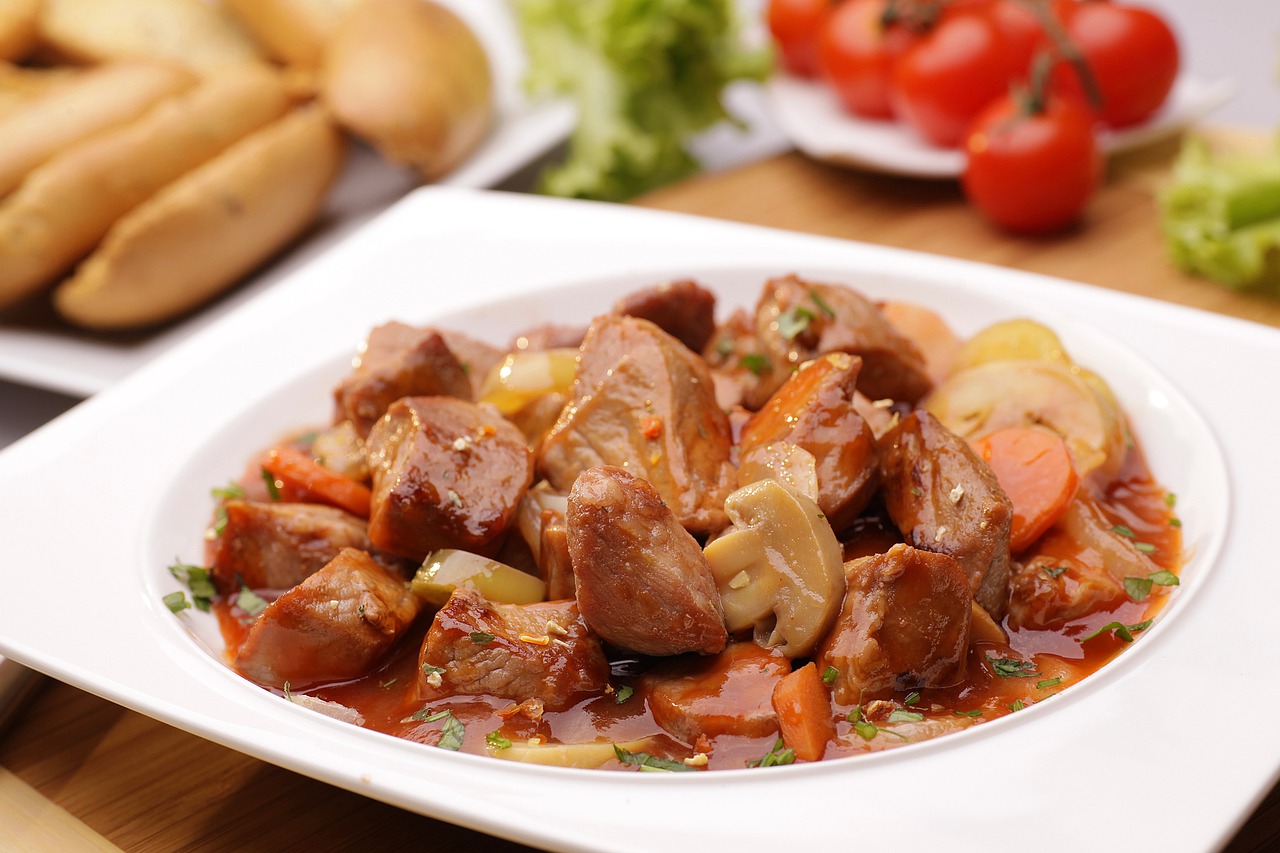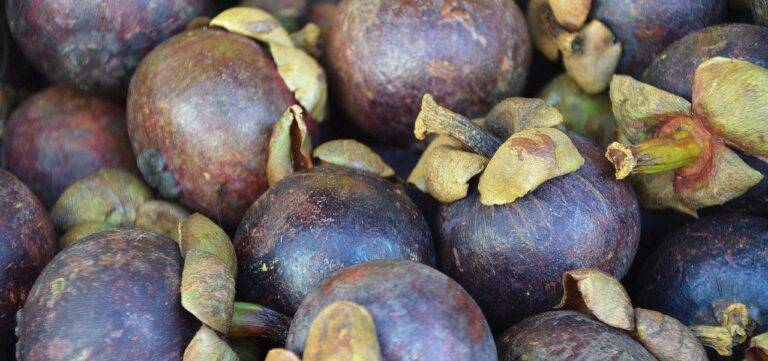Exploring Food Distribution Models for Urban Rooftop Farms
11xplay reddy login id and password, king567 signup, skyinplay exchange: Exploring Food Distribution Models for Urban Rooftop Farms
Urban rooftop farms have gained popularity in recent years as a sustainable solution to food production in densely populated cities. These farms utilize unused rooftop spaces to grow a variety of fruits, vegetables, and herbs, providing fresh and locally grown produce to urban residents. However, one of the challenges faced by rooftop farms is how to effectively distribute their produce to consumers. In this article, we will explore different food distribution models that can help urban rooftop farms reach their target market and maximize their impact on the local food system.
Direct-to-Consumer Sales
One of the most straightforward distribution models for urban rooftop farms is direct-to-consumer sales. This model involves selling produce directly to consumers through farmer’s markets, community-supported agriculture (CSA) programs, or online platforms. By cutting out the middlemen, rooftop farms can increase their profit margins and build a loyal customer base. Direct-to-consumer sales also allow farmers to receive immediate feedback from consumers, helping them improve their product offerings and cultivation practices.
Farmers’ Markets
Farmers’ markets are a popular venue for urban rooftop farms to sell their produce directly to consumers. These markets provide a platform for farmers to showcase their products, interact with customers, and build relationships within the local community. Farmers’ markets also allow rooftop farms to tap into the growing demand for locally sourced, organic produce, attracting health-conscious consumers who value freshness and traceability.
Community-Supported Agriculture (CSA) Programs
CSA programs are another distribution model that can benefit urban rooftop farms. In a CSA program, consumers purchase a share of the farm’s harvest at the beginning of the growing season, receiving a weekly or bi-weekly delivery of fresh produce throughout the season. This model provides a stable income for rooftop farms, reduces food waste, and fosters a sense of community between farmers and consumers. CSA members also have the opportunity to learn about sustainable agriculture practices and gain a deeper appreciation for where their food comes from.
Online Platforms
In the digital age, online platforms have become an essential tool for urban rooftop farms to reach a wider audience and streamline their distribution process. Platforms like Farmigo, Local Harvest, and Farm Fresh to You connect farmers directly with consumers, allowing them to place orders, arrange deliveries, and receive updates on farm activities. Online platforms also provide a convenient way for consumers to access fresh, locally grown produce without leaving their homes, catering to busy urban dwellers who prioritize convenience and quality.
Food Hubs and Aggregators
Food hubs and aggregators play a crucial role in connecting urban rooftop farms with institutional buyers such as restaurants, schools, and grocery stores. These hubs provide aggregation, distribution, and marketing services to farmers, enabling them to reach larger markets and negotiate better prices. By partnering with food hubs and aggregators, rooftop farms can scale up their operations, diversify their customer base, and establish long-term relationships with institutional buyers who value locally sourced, sustainably grown produce.
Collaborations with Local Businesses
Another effective distribution model for urban rooftop farms is to collaborate with local businesses such as restaurants, cafes, and food retailers. By partnering with these businesses, rooftop farms can showcase their products on menus, in-store displays, and promotional campaigns, increasing brand visibility and attracting new customers. Collaborations with local businesses also create opportunities for cross-promotion, product development, and community engagement, strengthening the local food system and fostering a culture of sustainability and support for urban agriculture.
Frequently Asked Questions (FAQs)
Q: How can rooftop farms ensure the quality and freshness of their produce during distribution?
A: Rooftop farms can maintain the quality and freshness of their produce by implementing efficient harvesting, packaging, and transportation practices. Using refrigerated storage, insulated containers, and eco-friendly packaging materials can help preserve the freshness and nutritional value of the produce until it reaches the consumer.
Q: What are the challenges faced by rooftop farms in setting up distribution channels?
A: Rooftop farms may encounter challenges such as limited access to transportation, storage facilities, and distribution networks. Securing partnerships with logistics providers, food hubs, and aggregators can help rooftop farms overcome these challenges and establish reliable distribution channels to reach their target market.
Q: How can consumers support urban rooftop farms and contribute to the local food system?
A: Consumers can support urban rooftop farms by purchasing their produce, spreading awareness about their products, and participating in community events organized by the farms. By choosing locally grown, sustainable foods, consumers can reduce their carbon footprint, support small-scale farmers, and promote a healthier, more resilient food system in their city.
In conclusion, exploring different food distribution models can help urban rooftop farms overcome logistical challenges, increase their market reach, and contribute to the local food system. By leveraging direct-to-consumer sales, farmers’ markets, CSA programs, online platforms, food hubs, and collaborations with local businesses, rooftop farms can connect with consumers, build sustainable relationships, and create a positive impact on the urban agriculture landscape. Through innovative distribution strategies and community engagement, rooftop farms can thrive in the cityscape and provide fresh, healthy food for generations to come.







